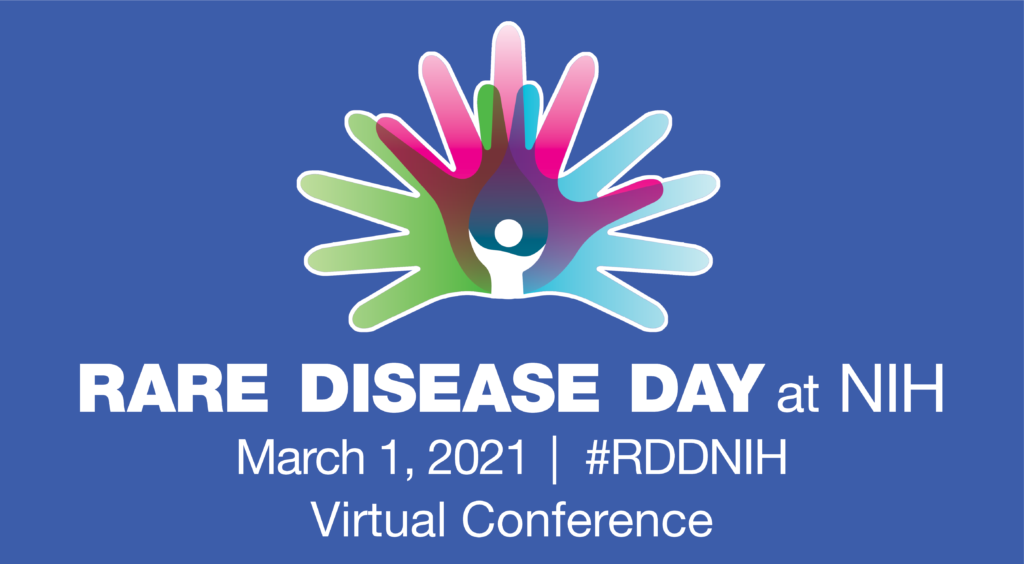#ScienceSaturday posts share relevant and exciting scientific news with the KAND community. This project is a collaboration between KIF1A.ORG’s Research Engagement Team Leader Alejandro Doval, President Kathryn Atchley, Science Communication Associate Aileen Lam and Chief Science Officer Dr. Dominique Lessard. Send news suggestions to our team at impact@kif1a.org.
This week we have a very special edition of #ScienceSaturday that highlights a handful of recent KIF1A.ORG advancements!
KIF1A.ORG Opens 2021 Mini Grant Application
Small roadblocks should never halt therapeutic discovery. That’s why we created our Mini Grant Initiative for KIF1A researchers.
Launched in 2021, these mini grants are designed to help researchers with KIF1A-focused research projects that help advance KIF1A.ORG’s mission of accelerating research to find a cure for KAND. With these mini grants, we aim to do our part to help remove roadblocks in KIF1A research by supporting smaller direct project expenses. In 2021, KIF1A.ORG will offer its inaugural $15,000 USD mini grant initiative, giving researchers the ability to apply for up to $5,000 USD in funding for specific KIF1A projects. To learn more, click on the button below!
Save The Date!
KIF1A.ORG Co-Founder Luke Rosen to Speak at National Institutes of Health Rare Disease Day

The National Institutes of Health is celebrating Rare Disease Day on March 1st, 2021. Rare Disease Day at NIH is a free, annual event held on (or close to) the International Rare Disease Day®. This event is intended to invite the rare diseases community to NIH (virtually), highlight NIH-supported research, and exchange rare diseases information and advances. Additionally, KIF1A.ORG’s own Luke Rosen will be speaking in a panel session focused on health literacy and how to elevate the rare diseases community and enhance research. To learn more about this virtual conference and how you can get involved, click the button below!
Newly Published KAND Research
We are thrilled to report that, over the past few weeks, multiple studies have been published that advance our understanding of KAND and KIF1A mutations across many scales of research. While we’ve already featured these papers in their pre-print form, we encourage you to take another look at these groundbreaking studies that provide vital information needed for therapeutic discovery.
We would like to extend an enormous and heartfelt thank you to members of our Research Network who took part in these publications. To the Chung Lab, Christodoulou Lab, Gennerich Lab and Verhey Lab, thank you for being dedicated advocates for KIF1A.ORG and our community.
Genotype and defects in microtubule-based motility correlate with clinical severity in KIF1A Associated Neurological Disorder
This paper was spearheaded by the Chung Lab, our main clinical team at Columbia University, and is the reflection of many years of collaborative and persistent hard work. While reading this paper, you will take a deep-dive into the world of KIF1A Associated Neurological Disorder covering a range of topics including: a summary of clinical KAND phenotypes, KIF1A variants with corresponding frequency and disease severity, selected neuropathological observations, and cellular/molecular level assays exploring the functional implications of certain KIF1A mutations.
Pathogenic mutations in the kinesin-3 motor KIF1A diminish force generation and movement through allosteric mechanisms
Today we are thrilled to feature a paper from two of our Research Network members, the Gennerich Lab and the Verhey Lab! This study explored another important aspect of KIF1A function that has only briefly been touched upon in the literature: what about the force aspect of KIF1A function that helps it act as a machine in our cells? Findings from this study revealed new information about the pattern of force production as well as how “strong” KIF1A is on the microtubule track in comparison to other kinesin motors. Intriguingly, we now know that KIF1A is doing something very novel. While KIF1A is not as “strong” as other conventional kinesin motors, it does exhibit a unique pattern of force production. Furthermore, this study characterizes two KAND-related variants that are located in important regions for force production.
Recent KIF1A-Related Research
Molecular Diagnostic Yield of Exome Sequencing in Patients With Cerebral Palsy
For a little over a decade, exome sequencing has been a diagnostic tool used to identify the genetic causes of disease in patients by focusing on the sequencing of genes that encode proteins. With the advantages of exome sequencing in mind, this article highlights a study that uses this technique to identify the prevalence of pathogenic, or disease-causing, and likely-pathogenic variants among patients with cerebral palsy (CP).
Amid 1,526 CP patients that underwent exome sequencing, the presence of these variants was 32.7% in a group that mainly consisted of pediatric patients and 10.5% in a group that mainly consisted of adult patients. Additionally, it was also found in this study that multiple genes were mutated in two or more unrelated patients with CP, one of which is KIF1A. In fact, KIF1A was the second most commonly mutated gene in this study’s cohort!
This data indicates that exome sequencing can also be used to identify genes from other neurodevelopmental disorders that play a role in CP. With the exceptional ability to determine the underlying mutation(s) responsible for genetic diseases, exome sequencing is a major clinical diagnostic test for rare disease communities that help expedite accurate diagnoses, as well as provide insight on therapeutic approaches. Furthermore, this study highlights the critical importance of a patient’s access to comprehensive genetic sequencing during their personal diagnostic journey. To read more about this study, check out the article below!
KIF1A.ORG In The News
‘She’ll catch up in her own time!’ My instincts told me more was at play. It’s my JOB to protect her.’
This week we are featuring a story about KIF1A superhero Colbie. Written by Colbie’s mother Lisa, this piece takes the reader through the difficult path that many walk on the road to KAND diagnosis. Lisa’s words hit on familiar topics to members of our KAND community: the emergence of KAND symptoms, an exhaustive search for answers and an unknown future coupled with the relentless spirit harnessed by all patients with KAND. Lisa, we thank you for sharing Colbie’s story and raising awareness for KAND.
“The weird thing that happens when you are seeking answers is that you reach a point where you just know something is wrong, regardless of what the tests are telling you. You want every test to be negative, of course, but then you also know a negative will mean more testing… You start to hope for a positive result and then feel horrible for thinking that way. But a positive would mean you know what is wrong and you can do something about it. Or so you hope. You never anticipate your child is literally one of the few hundred in the world affected by something so cruel.”


